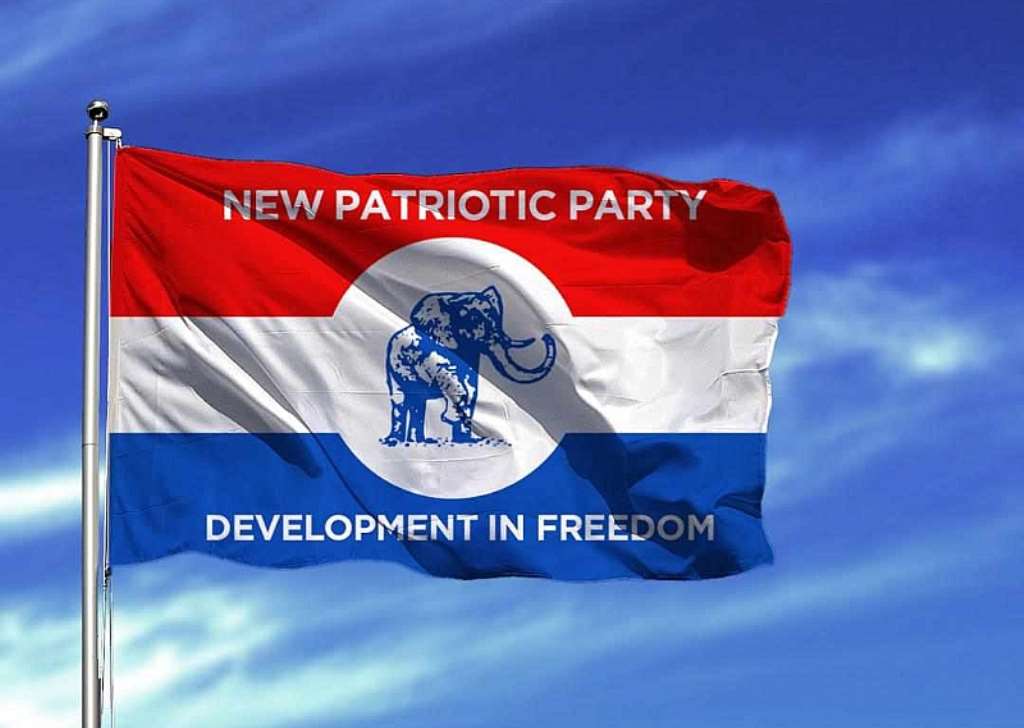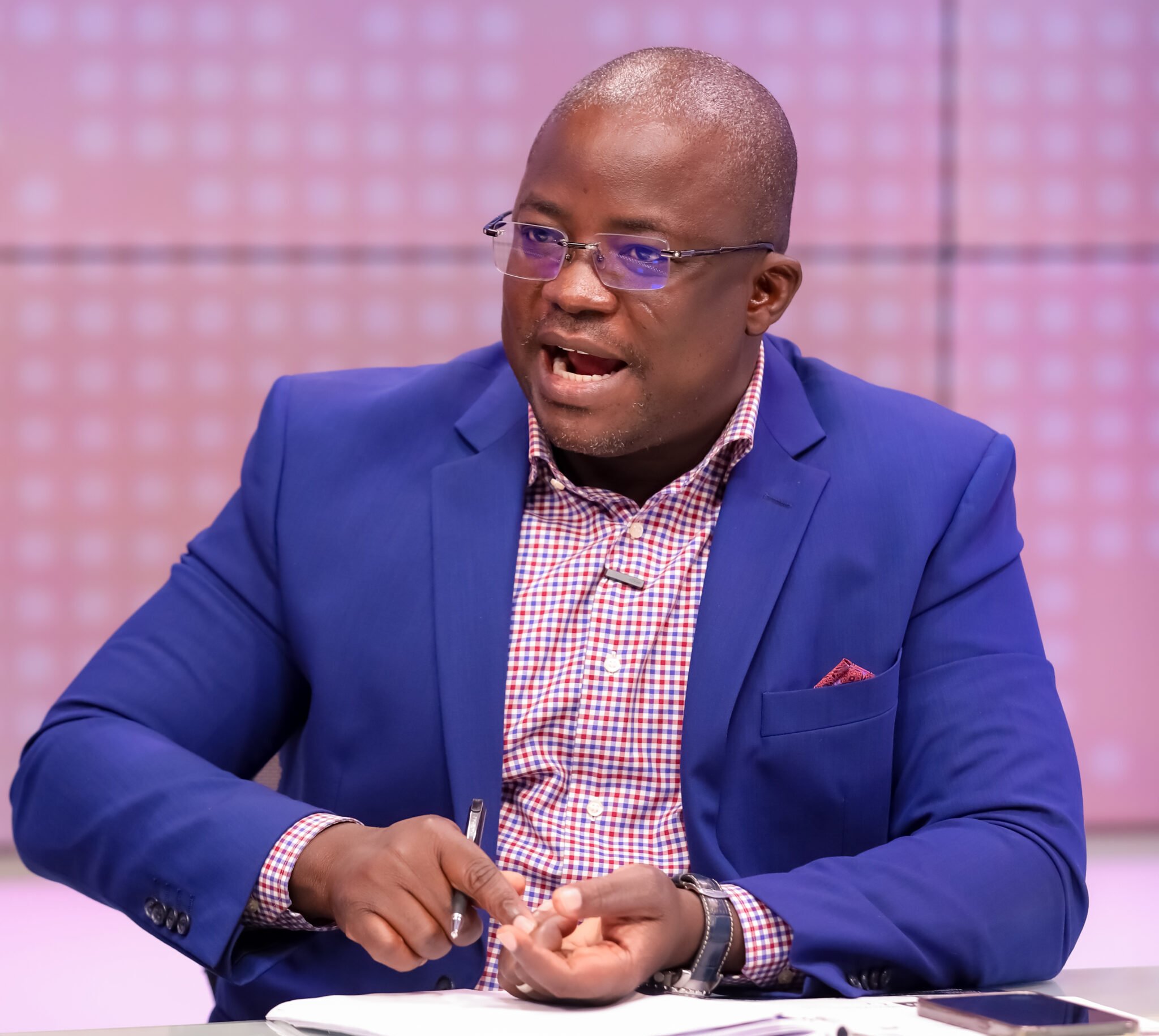
In December 2018, a statue of Mahatma Gandhi was removed from the University of Ghana's campus in response to protests from students and staff. They argued that the Indian activist had been a racist who denigrated black Africans. Professor Ernest Aryeetey was the university's Vice-Chancellor when the statue was erected. Here, he explains how the university made the decision to accept the statue, a gift from the Indian government, in 2016.
I received a request in early 2016 through my secretary that the Indian High Commissioner would like to come and see me. We knew each other quite well from several events at which we'd met. When he came, he indicated that the President of India was going to pay a state visit to Ghana, and wanted to visit our university.
He also informed me that it was customary for the President to make a presentation to the people of any country he visited. Traditionally, this had been a statue of Mahatma Gandhi, world famous for his role as the father and architect of Indian independence in 1947. My first thought was, "Is the President going to carry a statue all the way from New Delhi to Accra?" The answer was "yes".
The High Commissioner informed me that the visit and the gift had already been discussed and agreed with the Ministry of Foreign Affairs and the Office of the President of Ghana. We ended the meeting with me assuring him that we would think about it and get back to him.
I used the time to read quite a bit about Gandhi and came to understand better what he stood for.
Gandhi
I learned that he was 23 years old when he went to South Africa and lived there for many years. I read things attributed to him that were undoubtedly racist under any circumstance.
I read how he referred to blacks as "kaffirs" in some of his early writings and immediately remembered that derogatory expression from my reading of the Christian leader Prester John at school. It was obvious to me that in the early days, he saw his fight to liberate Indians from oppressive laws imposed by white men, as being different from that of the struggle of the black man.
I also read that he later joined hands with some black groups to resist white oppression. As I read more and more about him, I couldn't help seeing that the Gandhi that came to the attention of the world in the 1930s and 1940s, and gave the British Empire so many headaches, was very different from the young lawyer who had arrived in South Africa a few years after leaving the UK.
I understood that Gandhi was celebrated for the things he taught the world in his later years, through his writings, ideas and lifestyle. He was celebrated for seeking peace for all the peoples of the world.
Having understood the context of Gandhi's fame and renown, I had no difficulty in informing a meeting of the senior management of the university that I thought we should accept the request. There was some resistance, but ultimately the meeting decided that the statue was acceptable to the university. It was to be located at the recreational quadrangle behind the Balme Library.
Some dissent
A couple of weeks after the President's visit and the statue's unveiling, I saw an email on the university's mail system questioning the appropriateness of having the statue of Gandhi on the campus. The main argument was that Gandhi was racist. A few others responded, echoing this belief.
Rather uncharacteristically, I decided to respond. I knew full well how such misinformation could get out of hand. I had also experienced first-hand at South Africa's University of Cape Town how the "Rhodes must fall" campaign had been hijacked by self-seekers.
So I wrote a carefully crafted response on the intranet, and also indicated to the authors of the misinformation that I was ready to debate them. It was obvious that they were not used to debates, even though they were on a university campus. They were used to sending out poor opinions and no one questioning them. After my intervention the misinformation fizzled out.
I completed my term as Vice-Chancellor in July 2016. Weeks later, the issue flared up again and the statue was ultimately removed.
There is still no doubt whatsoever in my mind that the University of Ghana had the authority to take the decision it did to accept and erect the statue. The proper procedures were followed. And the country's government fully endorsed our actions.
The issue of racism
I have come to view the experiences of Gandhi as very similar to the transformation of Saul into Paul in the Bible. Once I accept the conversion of Paul, I can very easily forgive the early Gandhi. There are no explicit accounts of a transformation like Saul's, but the tone of Gandhi's writings changed significantly over time.
The young lawyer made what I would easily describe as very racist remarks in his campaign to gain more rights for the Indian in South Africa. He showed very little interest in the affliction of the black man and believed that the black man's fight was different from that of Indians.
When he left South Africa and returned to India, and came face to face with the Indian caste system, he saw it as being as dehumanising as what Indians and black people went through in South Africa. He found the poor Indian to be not any better off than the Indians in South Africa.
In his writings about self-government and independence, he emphasised peaceful coexistence with all races. He spent time teaching people how to resist oppression in a peaceful way. It is this pursuit of peaceful coexistence of the races that caught the world's respect and attention. This is what attracted Martin Luther King to his ideas. It is this same ideal that he shared with Nelson Mandela. Indeed, this is what inspired Ghana's own Kwame Nkrumah to speak about what he learned from Gandhi.
Ernest Aryeetey, Professor of Economics, University of Ghana
Read Full Story
























Facebook
Twitter
Pinterest
Instagram
Google+
YouTube
LinkedIn
RSS